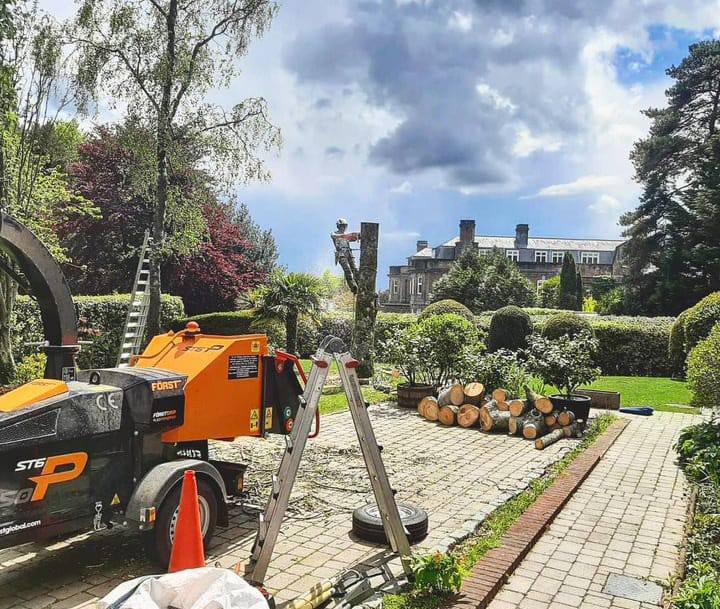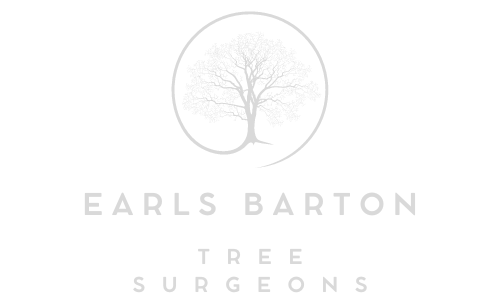Clearing the Air: Debunking Common Tree Trimming Myths
Introduction: In the world of tree care, myths and misconceptions abound, often leading homeowners astray and potentially harming their trees. At Earls Barton Tree Surgeons, we’re committed to providing accurate information and debunking common tree-trimming myths. In this blog post, we’ll separate fact from fiction and set the record straight on some of the most prevalent tree-trimming myths.
Myth #1: Trees Can Be Trimmed Anytime Without Consequence
One of the most pervasive myths about tree trimming is that it can be done at any time of year without consequences. In reality, the timing of tree trimming can significantly impact tree health and vigour. Trimming trees during the dormant season (late fall to early spring) is generally recommended, as it minimises stress on the tree and reduces the risk of disease transmission. Trimming during the growing season (spring and summer) should be cautiously approached, as it can disrupt growth patterns and leave trees vulnerable to pests and diseases.
Myth #2: Topping Trees Is an Effective Method of Reducing Size
Topping, or the indiscriminate removal of large branches from the top of a tree, is often promoted as a quick and easy way to reduce the size of a tree. However, topping is widely recognised as harmful and ineffective, leading to problems such as weak regrowth, decay, and increased susceptibility to pests and diseases. Instead of topping, arborists recommend selective pruning techniques such as crown reduction and canopy thinning, which maintain the natural shape and structure of the tree while reducing its size.
Myth #3: Paint or Sealants Are Necessary to Protect Pruned Branches
Many homeowners believe painting or sealing pruned branches is necessary to protect them from disease and decay. However, research has shown that paint and sealants can do more harm than good by trapping moisture and promoting fungal growth. In most cases, trees are capable of healing their wounds on their own through the process of compartmentalisation. To promote healing, it’s essential to make proper cuts and avoid unnecessary damage to the branch collar and bark.
Myth #4: Removing All Deadwood Will Harm the Tree
While deadwood removal is an essential aspect of tree trimming, some homeowners fear that removing all deadwood will harm the tree. In reality, selective deadwood removal benefits tree health and safety, as it reduces the risk of branch failure and promotes air circulation and sunlight penetration. However, it’s essential to differentiate between deadwood and live branches, as indiscriminate cutting can weaken the tree and compromise its structural integrity.
Myth #5: Tree Trimming Is Only for Aesthetic Purposes
While tree trimming certainly enhances the aesthetic beauty of landscapes, its benefits extend far beyond mere appearance. Properly trimmed trees are healthier, safer, and more resilient to environmental stressors such as storms, pests, and diseases. Additionally, tree trimming promotes proper growth and development, reduces the risk of property damage, and enhances your property’s overall value and curb appeal.
Conclusion: Debunking common tree-trimming myths is essential for promoting informed decision-making and ensuring the health and longevity of your trees. By understanding the facts and following best practices, homeowners can effectively care for their trees and enjoy their many benefits for years.
Call us on: 01604 279 697
Click here to find out more about Earls Barton Tree Surgeons
Click here to complete our contact form and see how we can help with your tree’s needs.

